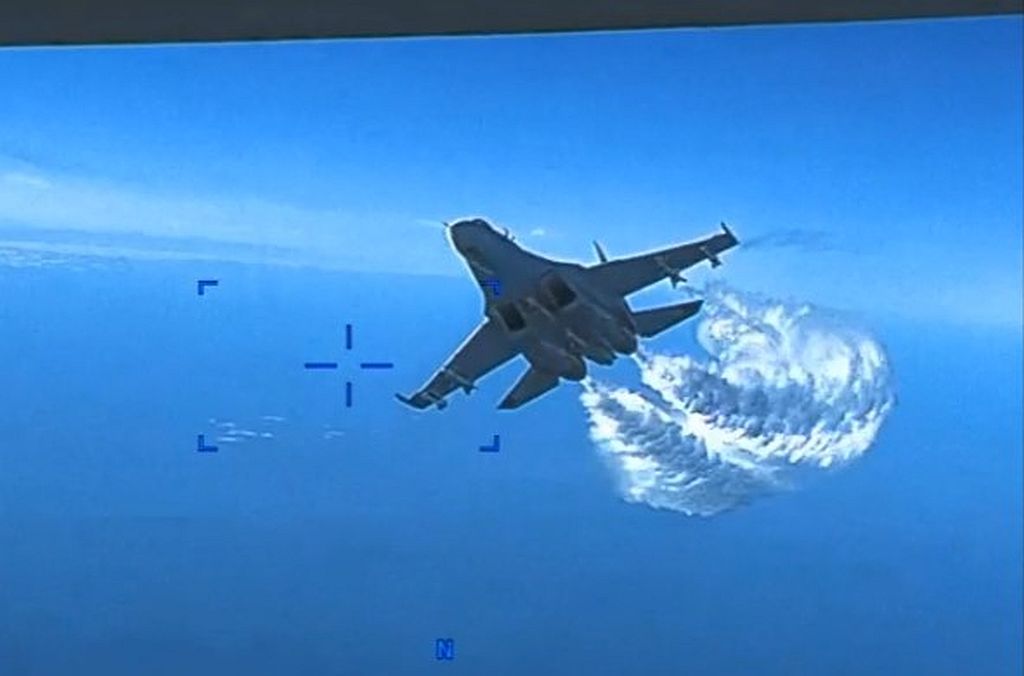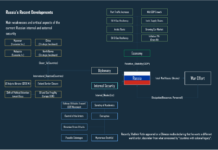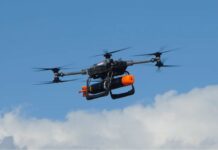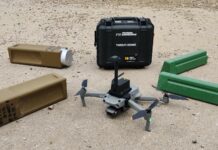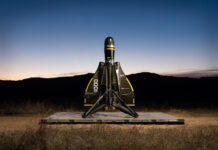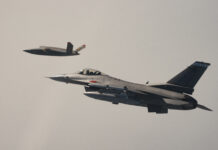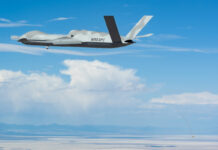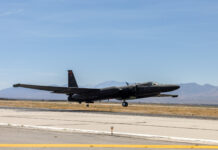Tensions have been raised in the Black Sea region following an incident on the morning of 14 March 2023 in which one of two Russian Su-27 fighters operating in the area brought down a US MQ-9 Reaper unmanned aerial vehicle (UAV).
According to a statement released later that day by the US Department of Defense (DoD), the Su-27 struck the MQ-9’s propeller, causing its US operator to bring the UAV down into international waters of the Black Sea.
“Several times before the collision, the Su-27s dumped fuel on and flew in front of the MQ-9 in a reckless, environmentally unsound and unprofessional manner,” said US Air Force General James B Hecker, commander of US Air Forces Europe and Air Forces Africa. “This incident demonstrates a lack of competence in addition to being unsafe and unprofessional.”
According to the US DoD, the MQ-9 aircraft was conducting routine operations in international airspace when it was intercepted.
“This incident follows a pattern of dangerous actions by Russian pilots while interacting with US and allied aircraft over international airspace, including over the Black Sea,” Gen Hecker added. “These aggressive actions by Russian aircrew are dangerous and could lead to miscalculation and unintended escalation.”
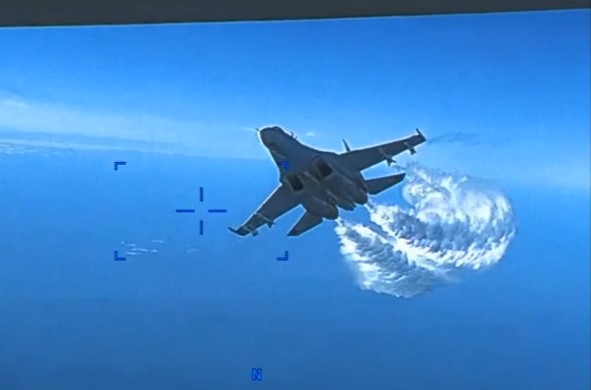
By 15 March footage had emerged on Twitter apparently showing a Russian fighter passing in front of an MQ-9, taken from the cockpit of the Russian aircraft, although it has not been confirmed whether this was footage from 14 March. Then, on 16 March, US European Command (EUCOM) released declassified footage from the MQ-9’s video feed and a storyboard outlining the sequence of events during the incident. The footage was edited for length, given that it depicts 42 minutes that cover the MQ-9’s encounter with the Su-27s.
At the beginning of the footage a Russian Su-27 can be seen approaching the rear of the MQ-9. Then, at five minutes in, according to EUCOM, an Su-27 is seen dumping fuel as it passes the Reaper. At nine minutes in an Su-27 again passes over the MQ-9 while releasing fuel, which disrupts the video transmission. The fateful pass that produced the collision is stated by EUCOM to have occurred 29 minutes into the original footage. The edited video clearly shows an Su-27 approaching very close over the top of the MQ-9 as it dumps fuel and then the Reaper video feed is temporarily lost for about 60 seconds, according to EUCOM. As it is regained, the video footage clearly shows that the MQ-9’s pusher propeller has been damaged, although the UAV continues to remain under controlled flight.
As per previous DoD statements, it is known that the Reaper was guided in a controlled descent and ultimately ditched in international waters southwest of Crimea.
Since the MQ-9 is not a small tactical system but a medium-altitude long-endurance UAV with a wingspan of more than 20 m, any contact with it would have also endangered the Russian fighter. Pentagon Press Secretary USAF Brigadier General Pat Ryder noted in a briefing to media after the incident that the collision “most likely caused damage to the Russian aircraft, although it was able to land”.
With the UAV now at the bottom of the Black Sea, a race is on to recover the wreckage. Speaking on state TV, Russian Security Council Secretary Nikolai Patrushev confirmed that Moscow was attempting to find the aircraft.
Meanwhile, John Kirby, the US National Security Council’s Coordinator for Strategic Communications, stated that the US Navy would also try to recover the wreckage, but added that if the Russians managed to find it first “their ability to exploit useful intelligence will be highly minimised”.
CNN reported two US officials as saying that the Reaper’s operators were able to remotely wipe its sensitive software as it descended, mitigating any exposure of secret materials should the Russians find it first.
Ukrainian Foreign Minister Dmytro Kuleba told the BBC on 15 March that such incidents were bound to occur. “As long as Russia controls Crimea, these kinds of incidents will be inevitable and the Black Sea will not be a safe place,” he said. “So the only way to prevent such incidents is actually to kick Russia out of Crimea.”
The US military is very unlikely to curtail its operations over and around the Black Sea, so further confrontations with Russian fighters operating out of Crimea are certainly a possibility.
Peter Felstead


